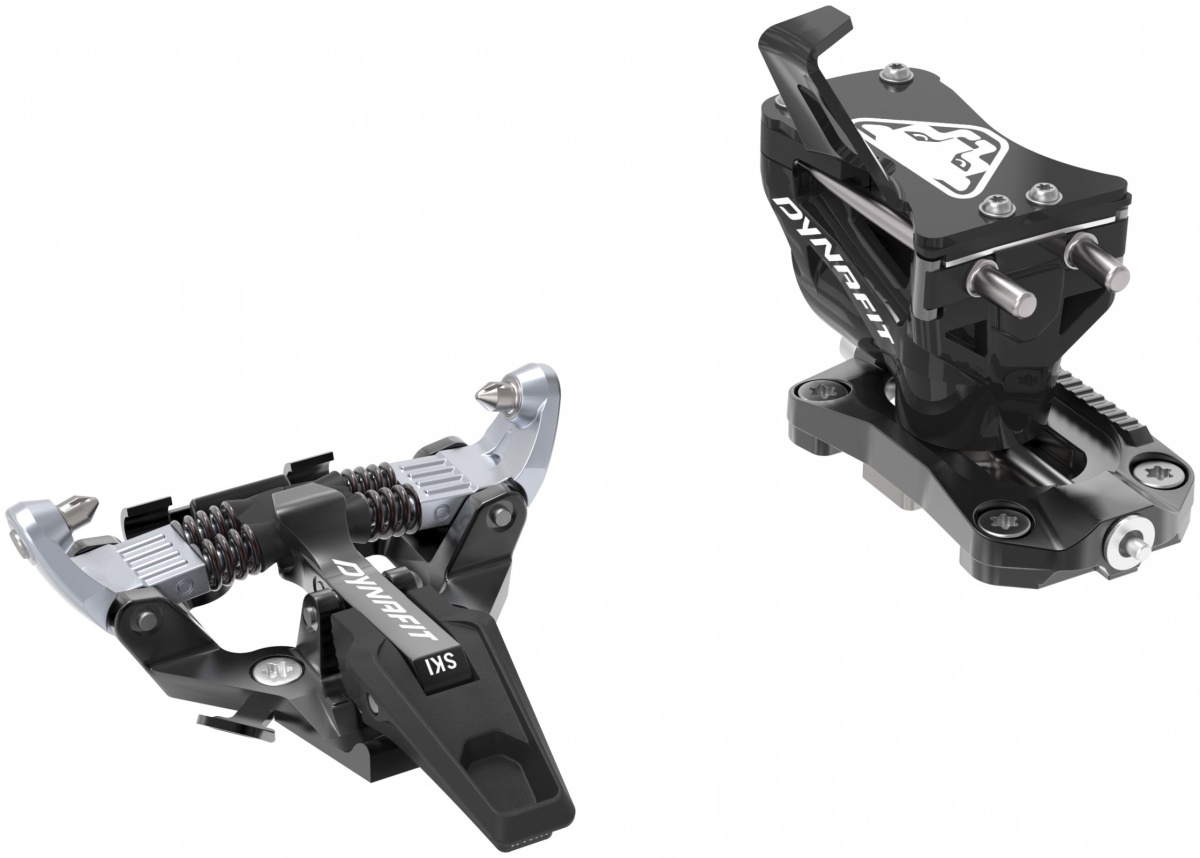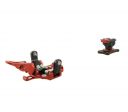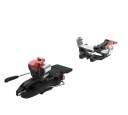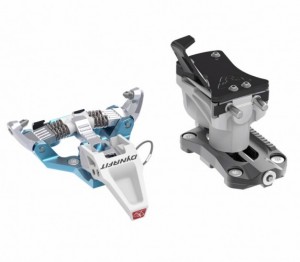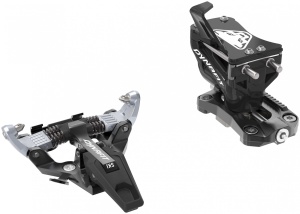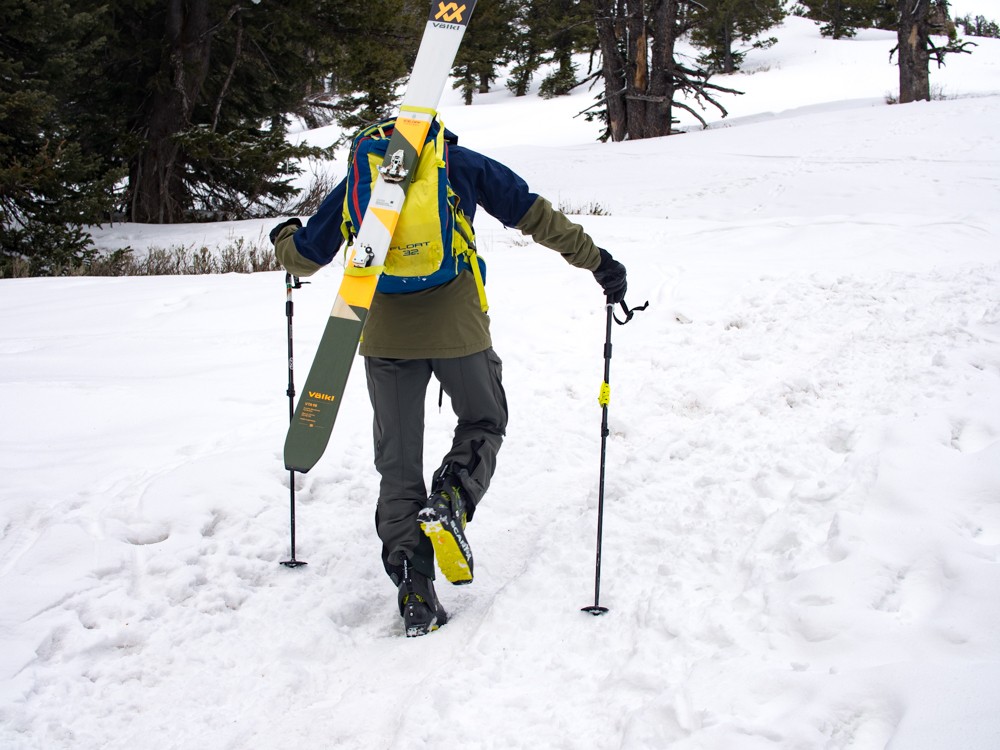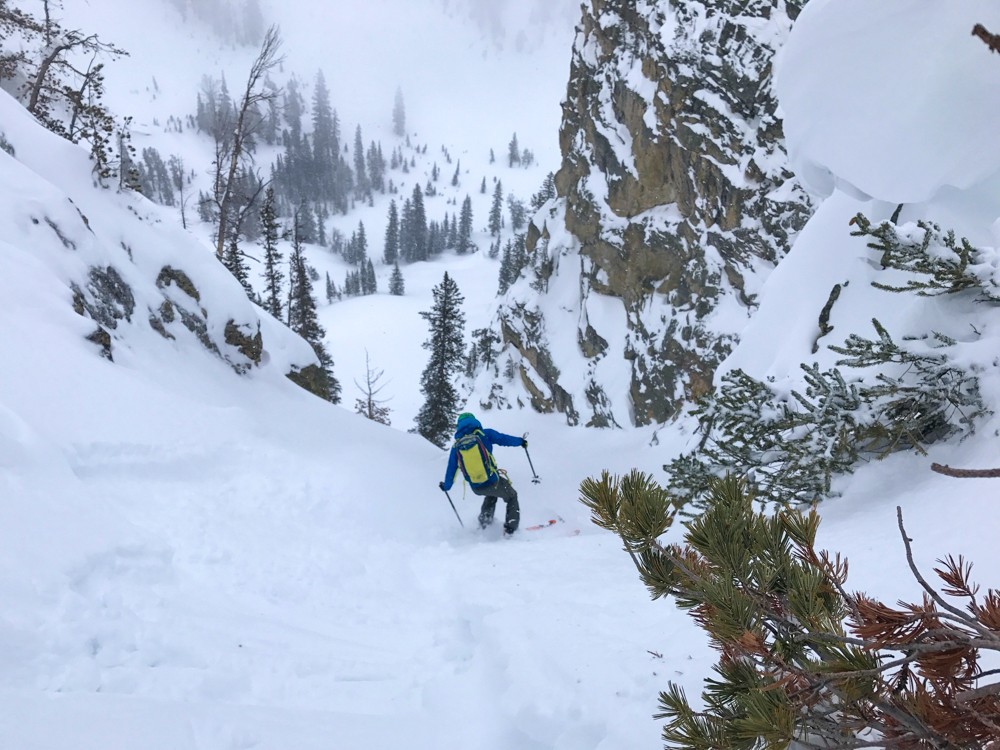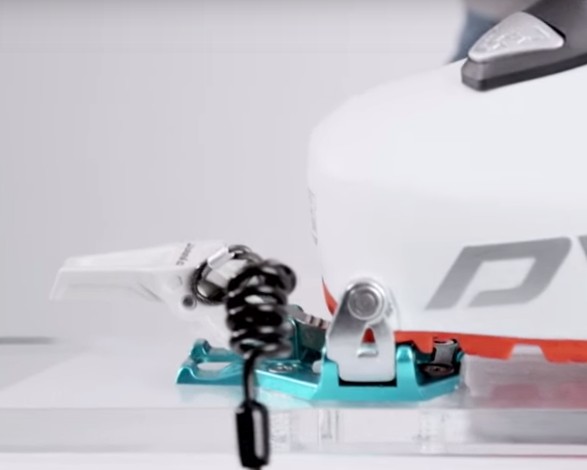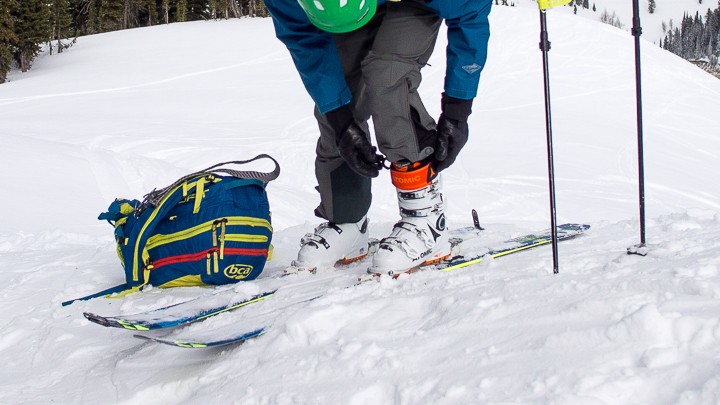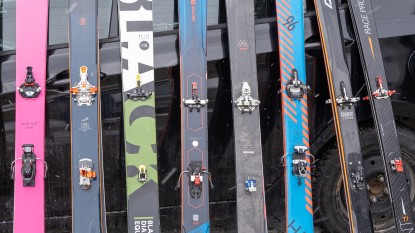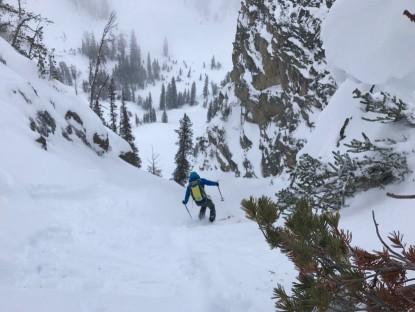Dynafit Speed Turn Review
Our Verdict
Compare to Similar Products
 This Product
Dynafit Speed Turn | |||||
|---|---|---|---|---|---|
| Awards | |||||
| Price | $262.46 at Backcountry Compare at 2 sellers | $445 List $351.16 at Backcountry | $500 List $421.99 at Amazon | $490 List $391.96 at Backcountry | $500 List $499.95 at Backcountry |
Overall Score  |
|||||
| Star Rating | |||||
| Bottom Line | Through all the turmoil, its lineage remains reliable, simple, and affordable | For moderate backcountry skiing, these bindings could be just the ultralight ticket you need | Check these out if race-style bindings in the backcountry are an idea that piques your interest | Lightweight bindings with important adjustments for length and release value | All the major features you might be looking for in a light, simple touring binding |
| Rating Categories | Dynafit Speed Turn | Plum R170 | ATK Trofeo | Plum Oazo 8 | ATK Crest 10 |
| Weight (35%) | |||||
| Downhill Performance (25%) | |||||
| Touring Performance (20%) | |||||
| Ease of Use (15%) | |||||
| Durability (5%) | |||||
| Specs | Dynafit Speed Turn | Plum R170 | ATK Trofeo | Plum Oazo 8 | ATK Crest 10 |
| Weight (pounds for pair) | 1.63 | 0.88 | 0.73 | 1.04 | 1.35 |
| Weight of one binding and screws. Lightest possible configuration w/o brakes (in grams) | 370 | 199 | 166 | 237 | 306 |
| Weight of 2 bindings Multiple options are noted where we have tested multiple options. (in grams) | 740 | 398 | 331 | 474 | 612 |
| Release value range | 4 to 10 | 8 Fixed | 1 to 10 | 4 to 10 | 5 to 10 |
| Stack height: average of toe and heel pin height (in mm) | 38 | 34 | 31 | 34 | 36 |
| Toe/heel delta: difference in height between heel pins and toe pins (in mm) | 17 | 4 | 1 | 3 | 12 |
| Brakes? | No | No | No | Optional | Integrated |
| Brake width options | N/a | N/a | N/a | 80, 90, 100, 110 mm | 75, 86, 91, 97, 102, 108 mm |
| ISO/DIN Certified? | No | No | No | No | No |
| Ski Crampon compatible? | Yes. "Standard" style. Not all crampons will be cross-compatible | With aftermarket part. Best with Plum brand. "Standard" Dynafit/B&D style ski crampons can be lightly filed to work. | Yes. "Standard" style. Not all crampons will be cross-compatible | Yes. "Standard" style. Not all crampons will be cross-compatible | Yes. "Standard" style. Not all crampons will be cross-compatible |
Our Analysis and Test Results
Product Update
Dynafit updated the Speed Turn since our original testing period. The photos above show the version we tested (left) and the updated version (right.) The new version received minimal updates, including a leash attachment point and change to the black colorway. Otherwise, the bindings are the same from the version we discuss below. But we are now linking to the updated version, which is more readily available.
This binding, in terms of overall form, hasn't changed in 20 years. We like that. Our testers and others have literally many times more experience with the function and durability of this design than with anything else available. Improvements to the overall tech binding design have come along. Some have stuck, but others have faded away. Of those attributes that other binding designs have improved on, only lighter weight, ski brakes (in some circumstances), and flip-flop style heel lifters improve on what the Speed Turn offers.
Other things the Speed Turn doesn't have, like DIN/ISO certification, "forward pressure", and release elasticity are, for most people and situations, "solutions without problems". What has worked for a long time will likely work for you. There are some attributes and features, now, in the Speed Turn that are less than ideal. However, the bargain price easily justifies some compromise.
Performance Comparison
Weight
One Speed Turn binding weighs 370 g. Again, it has weighed basically this same amount for years and years. A decade ago, it was the lightest thing on the market. Even as recently as a couple of years ago, it was the lightest binding available with the set of features it offers. Technology has moved on, lightening the load, while the Speed Turn holds strong with its design. In the grand scheme, it is lighter than most but not as svelte as those in the top of this scoring metric.
Depending on your other options and what you are coming from, the Speed Turn will likely feel and perform very lightweight. Only as compared to skimo race-style bindings and the newest of all-around bindings do the Speed Turn come in heavy.
Downhill Performance
This binding model features good, but not fantastic downhill performance. It isn't ideal for resort-oriented skiing. These bindings are optimized for use by expert backcountry skiers (expert backcountry skiers match their downhill ski energy to conditions, risk allowances, and the equipment they are using) in all conditions. The downhill performance is good enough, provided you address the limitations of the release function and the lack of ski brakes.
Ski brakes are a downhill performance attribute. Years ago, Dynafit made a ski brake for use with a version of this binding, but it was problematic and not worth the weight. Currently, there is no brake option with the Speed Turn. Proceed accordingly, and realize that many very accomplished backcountry skiers do not use ski brakes. This requires planning and care but saves weight and fiddle factor. In terms of other downhill performance attributes (release function and boot retention security), the newer, more expensive, and much heavier "hybrid" (tech toe, alpine heel) bindings vastly exceed the downhill performance of this binding.
Touring Performance
This competitor features the same efficient pivot point that all of the other tech-style bindings share. The lighter weight makes touring uphill on these bindings noticeably easier, with their only real pitfall for touring-based adventures being their marginally more challenging to engage heel risers. The risers engage not by flipping forward (which is now more common), but instead, the user rotates the entire heel piece. Otherwise, the pivot freely turns, and there is as much range of motion in touring as you will need.
Get the heel riser transitions down (and it is possible to learn to do it well enough with your ski pole that it feels easier than the flip-style transitions of other bindings. Our lead test editor, who has used Dynafit Speed Turn bindings for 15 years, prefers these transitions to flip-style. Yes, he has used and practiced extensively with the flip style…), and the Speed Turn has a touring performance that exceeds that of most of the field. The toe piece allows all the pivot range of motion you would ever need.
Ease of Use
The Speed Turn is a sweet binding that is very functional but is not quite as easy to use as most other tech bindings. Its heel riser, similar to older generations of Dynafit models, requires the user to rotate the heel piece to engage either height heel riser. This can be done via a ski pole without bending over but requires more practice than most other bindings in our review.
When equally practiced to high levels, switching the heel risers of the Dynafit Speed Turn is actually easier than with the flip-style change of newer designs. The most common heel riser changes are (or at least should be) between the lowest and middle risers. Making these changes on the Dynafit Speed Turn requires precise pole moves, but these pole moves require less "precision" than the flips of the more common style on the market now. In other words, there is a longer learning curve with the Speed Turn than with the flip-style risers, but the result is a faster, easier transition.
For those who want to switch out their boots from time to time, this model offers a little less adjustment range than most other bindings we reviewed. Of course, it includes far more adjustment range than the non-adjustable bindings.
Durability
Long term testing of this model and of its predecessors indicates great durability. With years of experience with this and its prior versions, we have more faith in the durability of the Speed Turn than with almost any other binding we have tested. In absolute terms, the simple construction is indeed quite durable, but nothing special.
The Speed Turn is one of the only bindings we tested that combine lateral release, ski/tour mode transition, and heel elevation adjustment into one function. This multi-purpose simplicity results in a durable, easy-to-service form. On the other hand, other award winners use three different mechanical functions to perform these same three tasks. Extra moving parts always raise an eyebrow. We like the elegant simplicity of the Speed Turn, and our long-term experience backs this up.
Should You Buy the Dynafit Speed Turn?
The Speed Turn is a no-frills binding that tours fine but without a lot of extras. Its biggest detractions are its lack of a ski-brake option and marginally harder-to-learn heel lifters. If you can deal with these things, the Speed Turn is a very dependable and lightweight binding at an unbeatable price. For hundreds of dollars less than the competition, you make some very minor compromises. Many experienced, patient and careful backcountry skiers will not notice these issues at all. At any price, the simplicity and proven design of the Speed Turn is worth considering.
What Other Backcountry Ski Bindings Should You Consider?
It is only in recent years that iterative improvements in AT ski bindings have improved on the timeless function of the Dynafit Speed Turn. Very few bindings, like the Plum R170, can compete with the Speed Turn for similar durability and relative ease of use. It certainly can't compete with the price. But if you want to step into the modern age of AT bindings, it's worth comparing the Speed Turn against the top-of-the-line Atomic Backland Tour, if only to see what the extra investment will get you.


